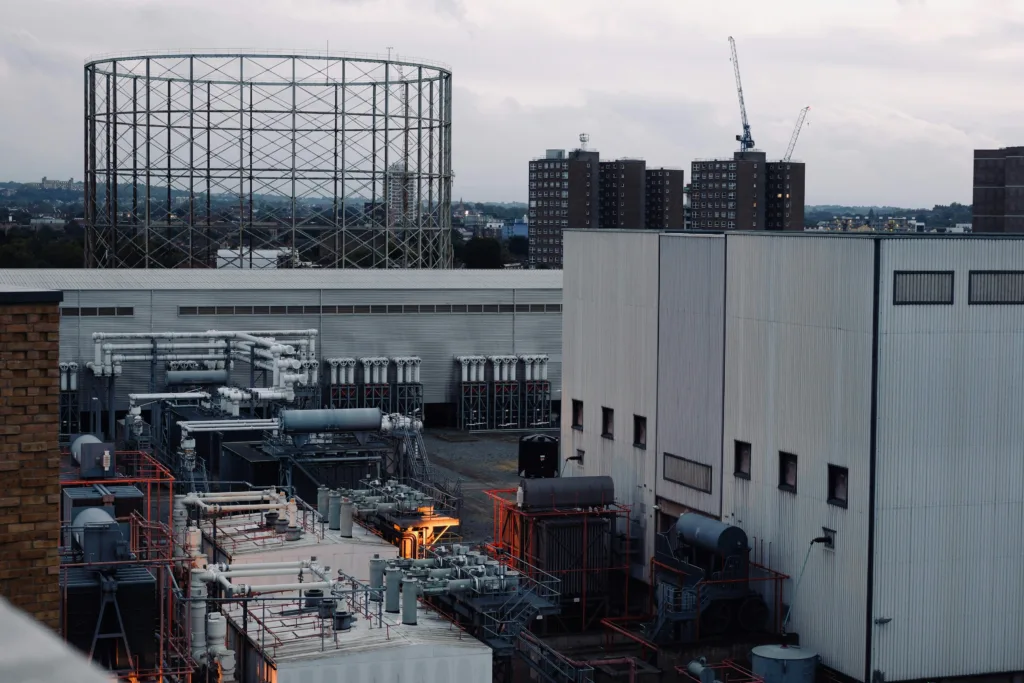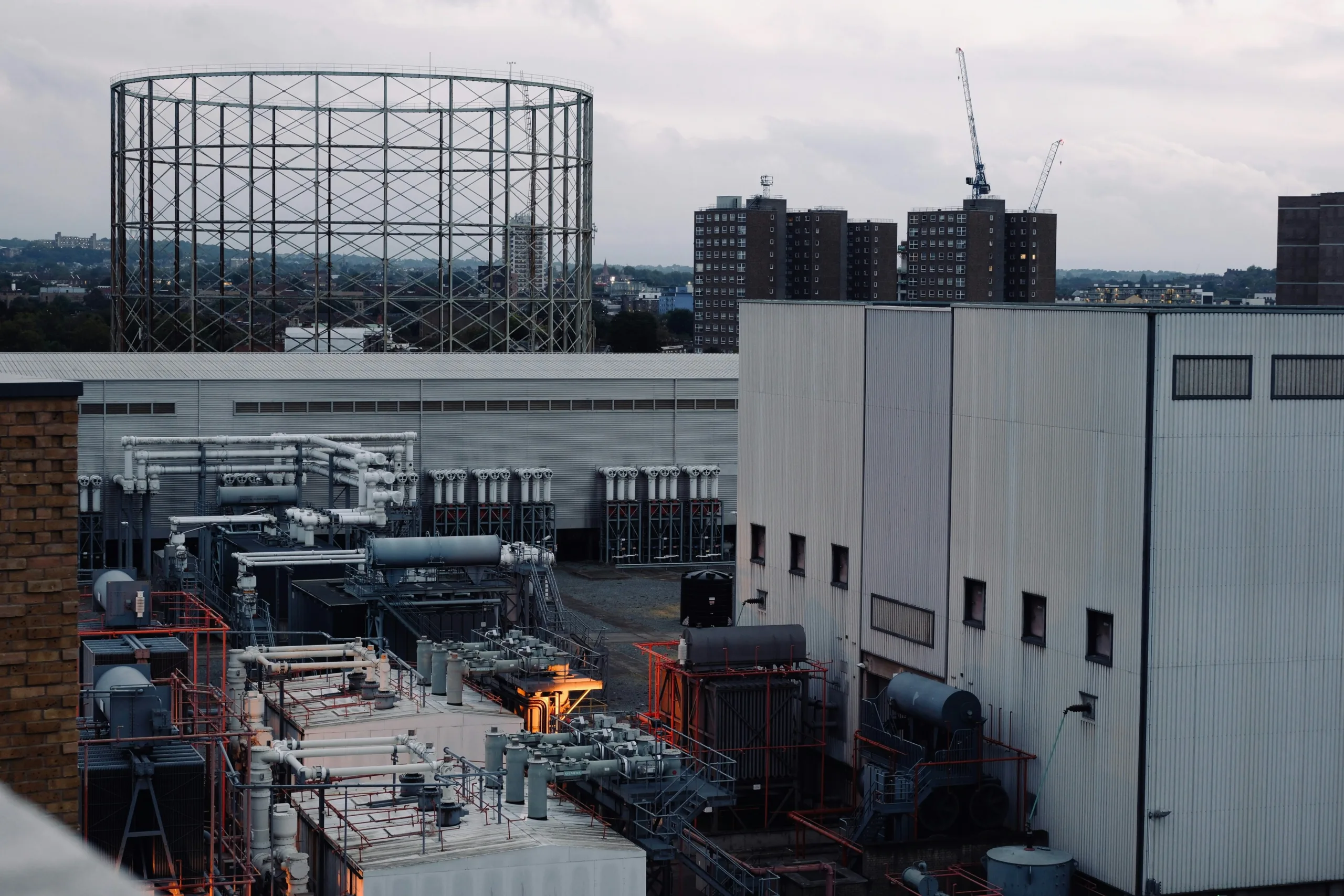Unlocking Full Expensing: A Strategic Guide for Commercial Property Investors
The introduction of permanent full expensing from April 2023 marked a major shift in how UK businesses can claim tax relief on capital expenditure. But for owners and investors in commercial property, full expensing is just one part of a broader Capital Allowances landscape.
In 2025, the interaction between full expensing, the Annual Investment Allowance (AIA), 50% First-Year Allowance (FYA), and Land Remediation Relief (LRR) presents a unique opportunity to maximise tax relief, especially on office, industrial, and mixed-use properties.
What Is Full Expensing?
Full expensing allows companies to deduct 100% of the cost of qualifying new and unused main-rate plant and machinery from their taxable profits in the year the expenditure is incurred.
- Applies to: Limited companies only
- Eligible assets: New, unused plant and machinery (e.g. office fit-out items, racking, machinery)
- Excluded assets: Second-hand equipment, cars, buildings/structures

Example:
If your corporation invests £400,000 in qualifying plant for an industrial warehouse, you can deduct the entire cost from this year’s taxable profits—providing an immediate and substantial tax saving.
Capital Allowances Still Apply in 2025
Full expensing is not a replacement for Capital Allowances—it operates alongside existing mechanisms. Many assets that fall outside full expensing still qualify for relief under the traditional capital allowances regime.
Annual Investment Allowance (AIA)
- Available to all businesses, not just companies
- Provides 100% relief on qualifying plant and machinery, including second-hand assets
- Annual cap of £1 million
50% First-Year Allowance (FYA)
- For new, unused special rate assets (e.g. electrical systems, HVAC, lifts)
- 50% deduction in Year 1, remaining balance written down at 6% per annum under the special rate pool
Land Remediation Relief (LRR)
- Available to companies cleaning up contaminated land or removing asbestos
- Offers 150% tax relief on qualifying remediation costs
How They Work Together: Strategy in 2025
To maximise tax relief, you can layer these allowances depending on asset type, business structure, and timing of expenditure. Here’s how the different reliefs interact:
| Asset Type | Relief Mechanism | Rate (2025) | Notes |
|---|---|---|---|
| New, main-rate plant & machinery | Full Expensing | 100% deduction in Year 1 | Applies to new, not second-hand, main-rate assets; introduced permanently from April 2023. |
| Used or second-hand plant & machinery | Annual Investment Allowance (AIA) | 100% (up to £1 million per year) | Available to most businesses; covers both new and used assets. |
| Integral features (e.g. electrical systems, HVAC, lifts) | 50% First-Year Allowance (FYA) + Special Rate Pool | 50% Year 1, 6% reducing balance thereafter | Applies to “special rate” assets. After Year 1, remaining balance goes into the special rate pool. |
| Land remediation (e.g. asbestos, contamination) | Land Remediation Relief (LRR) | 150% of qualifying costs | Available for companies only; must meet specific qualifying conditions. |
| Structural elements (walls, roofs, etc.) | Structures and Buildings Allowance (SBA) | 3% per annum over 33 1/3 years | Applies to capital expenditure on non-residential buildings and structures. |
4. Why This Matters for Property Owners & Investors
When investing in or improving commercial property—whether it’s an office block, warehouse, logistics unit or factory—your capital spend will include a mix of:
- Fixtures and integral features
- Office or industrial equipment
- Refurbishments or extensions
- Environmental clean-up works
Each of these categories can attract different types of relief, and failing to allocate costs correctly can result in missed tax savings worth thousands.
Most general accountants are not equipped to conduct the detailed surveying and cost segregation analysis required to identify all qualifying items—particularly embedded fixtures.
5. Common Scenarios & Missed Opportunities
- Buying a second-hand industrial unit and assuming nothing qualifies
- Refitting office space and not breaking down costs into eligible components
- Failing to claim LRR after removing asbestos or fuel tanks
- Over-relying on AIA without considering FYA or full expensing
6. Actionable Takeaways
Here’s how to make sure you’re fully maximising relief:
✅ Review all capital expenditure—current and retrospective.
✅ Categorise asset types clearly (main-rate vs. special-rate vs. structural).
✅ Use AIA on second-hand or mixed-use assets where full expensing doesn’t apply.
✅ Claim 50% FYA on special-rate new assets like HVAC or electrics.
✅ Apply LRR to contaminated land or remediation costs.
✅ Engage a Capital Allowances specialist to conduct a thorough review and prepare a compliant report for HMRC.
2025 presents one of the most generous Capital Allowances environments in recent memory—but only for those who know how to navigate it.
By combining tax relief available with the Capital Allowance Act 2001 and supporting legislation, commercial property owners and investors can unlock substantial tax savings.
Contact HMA Tax today for a free consultation and estimation.




